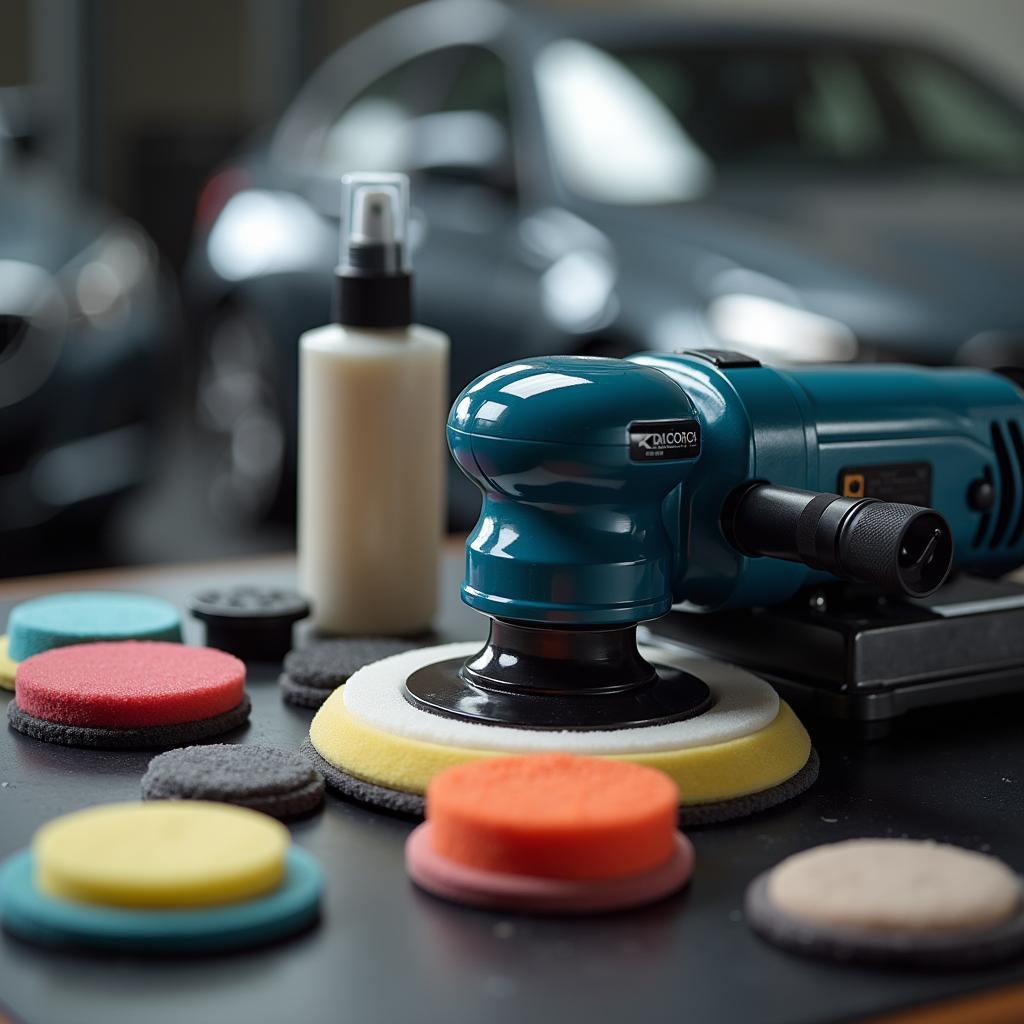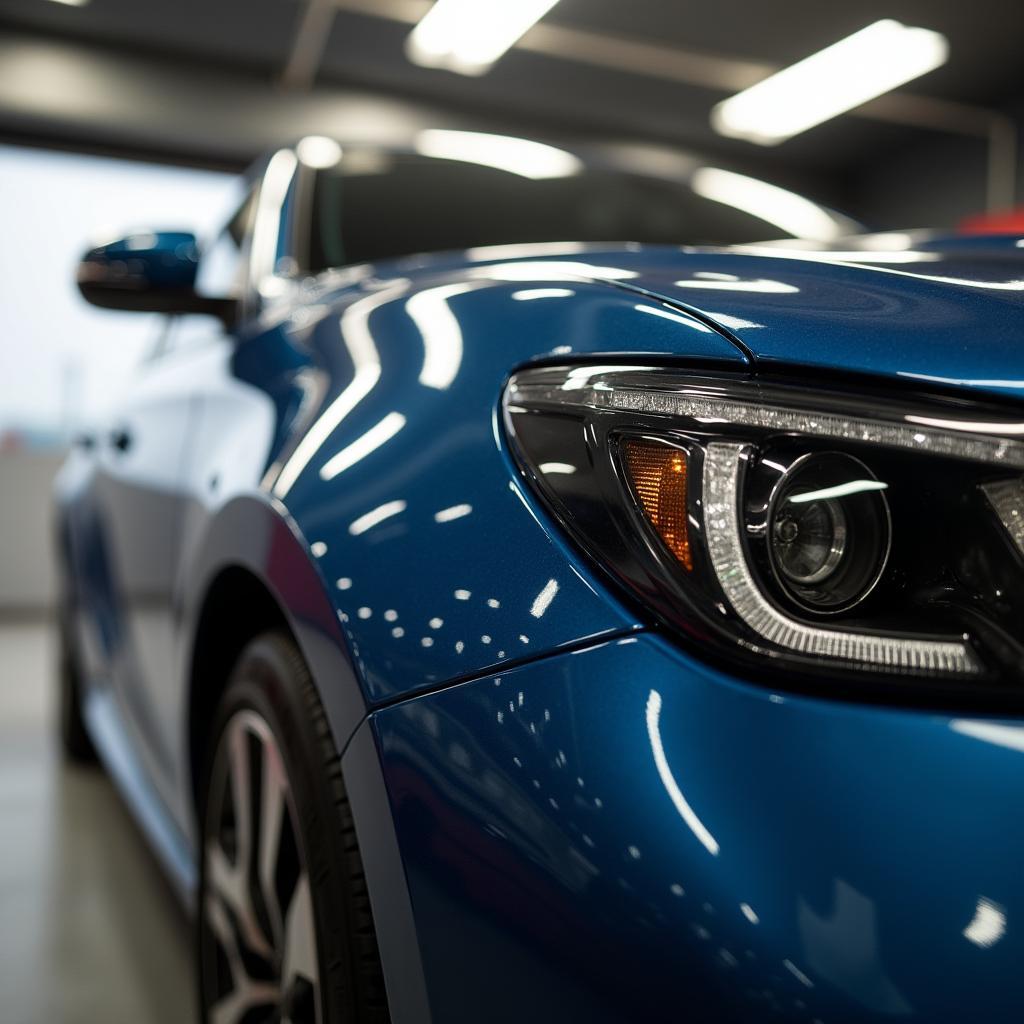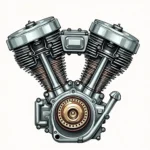A shiny car paint finish is the dream of every car owner. However, over time, weather conditions, small scratches, and car wash swirl marks leave their traces on the paint. To restore the original shine, machine polishing is the most effective method. In this article, you will learn everything you need to know about machine polishing your car to achieve professional results.
Why Machine Polish?
While hand polishing is tedious and time-consuming, machine polishing allows for faster and more effective results. The rotating motion of the polishing machine applies the polish more evenly and with the correct pressure. This allows for the removal of deeper scratches and holograms (swirl marks) that can be caused by car washes. Another advantage: Polishing a Car with a Drill offers you more flexibility and control during polishing.
Which Machine is Right?
For the hobbyist, random orbital polishers are particularly suitable. They are easier to handle than rotary polishers and are more forgiving of minor errors. When buying, look for a machine with adjustable speed and an ergonomic design.
The Right Polish for Your Car
The choice of the right polish depends on the condition of the paint and the desired result. Coarse polishes remove deeper scratches, while fine polishes provide the finishing touch and high gloss. For heavily weathered paints, a Rotweiss Polishing Paste is recommended.
“The choice of the right polish is crucial for a perfect result,” emphasizes car care expert Hans Meier in his book “Der perfekte Autolack” (The Perfect Car Paint Finish). “Pay attention to the manufacturer’s instructions and test the polish on an inconspicuous area before treating the entire surface.”
 Polishing machine and polish on car
Polishing machine and polish on car
Step-by-Step Guide to Machine Polishing:
- Preparation: Wash your car thoroughly and remove stubborn contaminants with detailing clay. Then, tape off all plastic parts and rubber seals to protect them from the polish.
- Select Polishing Pad: Choose the appropriate polishing pad for your polish and machine. Coarse pads for coarse polishes, fine pads for fine polishes.
- Apply Polish: Apply a small amount of polish to the pad and spread it evenly on the paint.
- Start the Machine: Start with a low speed and increase it slowly. Move the machine evenly and with light pressure over the paint.
- Remove Polish Residue: Remove the polish residue with a clean microfiber cloth.
- Check the Result: Check the result in good light for any residue or holograms (swirl marks). Repeat the polishing process if necessary.
Advantages of Machine Polishing:
- Time-Saving: Compared to hand polishing, machine polishing is significantly faster.
- Better Results: The rotating motion of the machine allows for more even and effective polishing.
- Removal of Deeper Scratches: With the right polish and machine, even deeper scratches and holograms (swirl marks) can be removed.
- Long-Lasting Shine: Polishing seals the paint and provides a long-lasting shine.
 Shiny car after polishing
Shiny car after polishing
More Tips for a Perfect Result:
- Work in the shade or a well-lit garage to prevent the polish from drying too quickly.
- Do not apply too much pressure to the machine, as this can damage the paint.
- Always polish only small sections and do not let the polish dry on the paint.
- Use high-quality polishing pads and cloths to avoid scratching the paint.
- After polishing, you should protect your car with a high-quality sealant or wax.
Conclusion
With a polishing machine, you can give your car paint finish a new shine and even remove deeper scratches. With the right technique and high-quality products, you can achieve professional results that are impressive. If you are unsure or have questions, do not hesitate to contact us. Our car experts are happy to assist you with advice and support.

